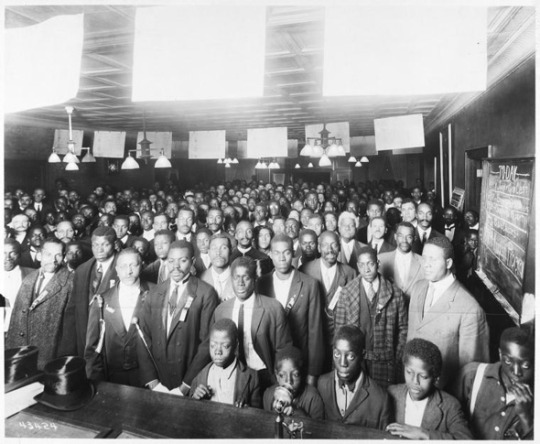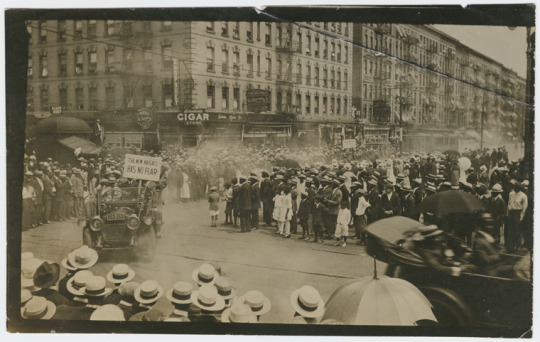#slovey
Text
This is slovey (tubbos character) btw:

64 notes
·
View notes
Text
modcast whiteboard doodles.


#no dice tubbathon#Tubbathon#Slovey#no dice#fanart#Modcast#Stipe#Tubbo#Krowfang#No dice#Yes I know I spelled his name wrong
10 notes
·
View notes
Note
okay how long do you think it will take before tubbo gets his dnd character pregnant /hj
Slovey will be mpreg by session 5 maximum... trust...
34 notes
·
View notes
Text
o7 slovey the sopping wet cat that you are
21 notes
·
View notes
Text
slovey is so paladin-core for a bard <3
11 notes
·
View notes
Text
Okay yippee qsmp and all and much love to the new members I love them both so much but NO DICE IN ONE HOUR I MISSED MY WET CAT SLOVEY
8 notes
·
View notes
Text
stripe: i brought a panic from a universe that didnt have a slovei to a universe that has a slovei but doesnt have a panic
slovei: maybe we should go to that universe actually -_-
stripe: PLEASE BE GRATEFUL FOR ONCE
3 notes
·
View notes
Text

She is literally so desperate for me to pet her and im just here waiting for my mom to finish sewing, sidenote while i was typing this i was trying to say “sweetheart” and “lovey dovey” at the same time, almost blurted out “slovey doveheart” i am so tired rn
ps; ignore her face, it’s an allergy thing
0 notes
Text
These are the characters names:
Slovey (tubbo)
Stripe (Krow)
Gwen (Aimsey)
Panic (Beky)
29 notes
·
View notes
Photo



Origins of the ballroom culture that are seen today can be traced back to the 1920s. A seminal reading by Eric Garber wrote that ‘at the beginning of the twentieth century, a homosexual subculture uniquely Afro-American in substance, began to take shape in New York's Harlem. Throughout the so-called Harlem Renaissance period, roughly 1920 to 1935, black lesbians and gay men were meeting each other on street corners, socializing in cabarets and rent parties and worshipping in church on Sundays. Creating a language, a social structure, and a complex network of institutions’ (1990:318). One of these institutions also being, ‘balls’.
Garber goes on to explain that ‘the key historical factor in the development of the lesbian and gay subculture in Harlem was the massive migration of thousands of Afro-Americans to northern urban areas after the turn of the century’ (1990:319). With the large majority of Afro-Americans living in rural southern states at the end of American slavery, one of the most significant shifts in population occurred when many moved to developed northern urban areas with the prospects of factory work, creating large communities of black Americans, also now known as the ‘Great Migration’ (figure one). One of the largest communities formed was in Harlem. With a celebration of progress and possibilities and described as ‘spiritual emancipation’ by Rhodes scholar, Alain Locke, Harlem soon became a centre of black music and art.
Self-named as ‘The New Negros’ (figure two), Garber goes on to explain that ‘[the] movement created a new kind of art. Harlem, as the New Negro Capital, became a worldwide centre for Afro-American jazz, literature, and the fine arts. Many black musicians, artists, writers, and entertainers were drawn to the vibrant black uptown neighbourhood’ (1990:319). And with this art also came a growing homosexual community.
Esther Newton, American cultural anthropologist, argues that ‘homosexual communities are entirely urban and suburban phenomena. They depend on the anonymity and segmentation of metropolitan life’ (1972:21). It could be said that this creation of an urban settlement for black Americans allowed for the anonymous growth of the black homosexual community and for ‘homosexual behaviour’ to become ‘homosexual identity’. This new, young urban artistic setting ‘[..] made possible the formation of urban communities of lesbian and gay men and [..] of a politics based on a sexual identity’ (D’Emilio 1993:470).
D’Emilio, John (1993) Capitalism and Gay Identity. In The Lesbian and Gay Studies Reader, ed. Henry Abelove, Michèle Aine Barale and David M. Halperin. New York: Routledge, pp. 467-476.
Garber, Eric (1990) A Spectacle in Colour: The Lesbian and Gay Subculture of Jazz Age Harlem. In Hidden from History: Reclaiming the Gay and Lesbian Past. New York: Penguin, pp. 318 – 331.
King Howes, Kelly (2001) ‘Yes! It Captured Them ....': The Performing Arts. In Harlem Renaissance, ed. by Christine Slovey and Kelly King Howes. Detroit: Gale, pp. 69-103.
Locke, Alain (1925) Enter the New Negro. In Survey Graphic, vol lll.
Newton, Esther (1972) Mother Camp: Female Impersonators in America. Chicago: University of Chicago Press.
Photo 1: Woodward (1921) Union Terminal Railroad Depot Concourse, black & white photoprint, 8x10 in. State Archives of Florida, Florida Memory.
Photo 2: Unknown (1920) UNIA Parade, organized in Harlem, 1920. Schomburg Center for Research in Black Culture, Photographs and Prints Division, The New York Public Library.
Photo 3: Unknown n.d. Webster Hall hosting a drag ball during the 1920s. Schlesinger Library, Radcliffe Institute, Harvard University.
60 notes
·
View notes
Quote
Și acum taci, nu-mi place să discut de dragul vorbei
A trebuit să-mi pară rău să dau cursivitate slovei
releveu-îmi pare bine
43 notes
·
View notes
Text
La mulți ani, condeieri!
La mulți ani, condeieri!
Nu izbucnesc dintre coperți stindarde Și nici trompeți nu sună pe alei, Numai nucleul slovei care arde Cinstește azi, cu-nfiorări de coarde, Pe cei ce-n scris respiră prin condei. Și lexicul pestriț se-aliniază Ascultător la linia de start, Dospind geneze-nmugurite-n frază, Ca, erupând în lavă de amiază, Să-mbrace universul în brocart. Eu scriu, tu scrii, […]La mulți ani, condeieri!

View On WordPress
0 notes
Quote
"Some call me Sloves, Slahves, SloveyG, Slovenia, Slovér, Loveyd, Clover, Glover, and sometimes Slover. Whatever you decide to use, make sure you are talking about the real me."
0 notes
Text
i love how slovey's insults have been getting more and more vicious over the day
from pathetic little insult to vicious attack on the cultists identity
26 notes
·
View notes